Congratulations Ground Under Repair winner of the $10,000 Tapestry Design Prize for Architects 2021 for their design ‘Time Shouts’ and Hamidreza Majnooni, Samaneh Khatamirad and Maryam Khatamirad winner of the People’s Choice Award for their design ‘World warp & woof: Understand the space between weaving’.
‘'Time Shouts' seeks to shift perceptions and values and is a beautiful and provocative entry that exemplifies and expands the agenda of the Tapestry Design Prize for Architects’ says TDPA 2021 Jury Chair, Professor Cameron Bruhn.
The jury also awarded three high commendations to 'A Paradigm Shift' by Abhinay H. Satam and Shristi D. Rawat (India); 'Apocalypse' by Michael Chapman (Australia) and 'This Place' by Madeleine Gallagher, Julie Lee, Georgina de Beaujeu and Lis de Vries (Australia).
The fifteen finalists were selected by an expert judging panel comprising of Cameron Bruhn (chair), Brook Andrew, Diane Jones, Valerie Kirk, Dimmity Walker and John Wardle. 141 tapestry designs were received from 23 countries, including; Australia, Austria, Bangladesh, Belgium, Bosnia, Canada, Croatia, France, India, Iran, Italy, Lebanon, Mexico, Netherlands, Russia, Serbia, Singapore, Spain, Sweden, Thailand, United Kingdom and United States of America.
View the exhibition catalogue here.

Ground Under Repair (AUS)

Hamidreza Majnooni, Samaneh Khatamirad + Maryam Khatamirad (AUS + IRAN)

Abhinay H Satam + Shristi D Rawat (INDIA)

Madeleine Gallagher, Julie Lee, Georgina de Beaujeu + Lis de Vries (AUS)
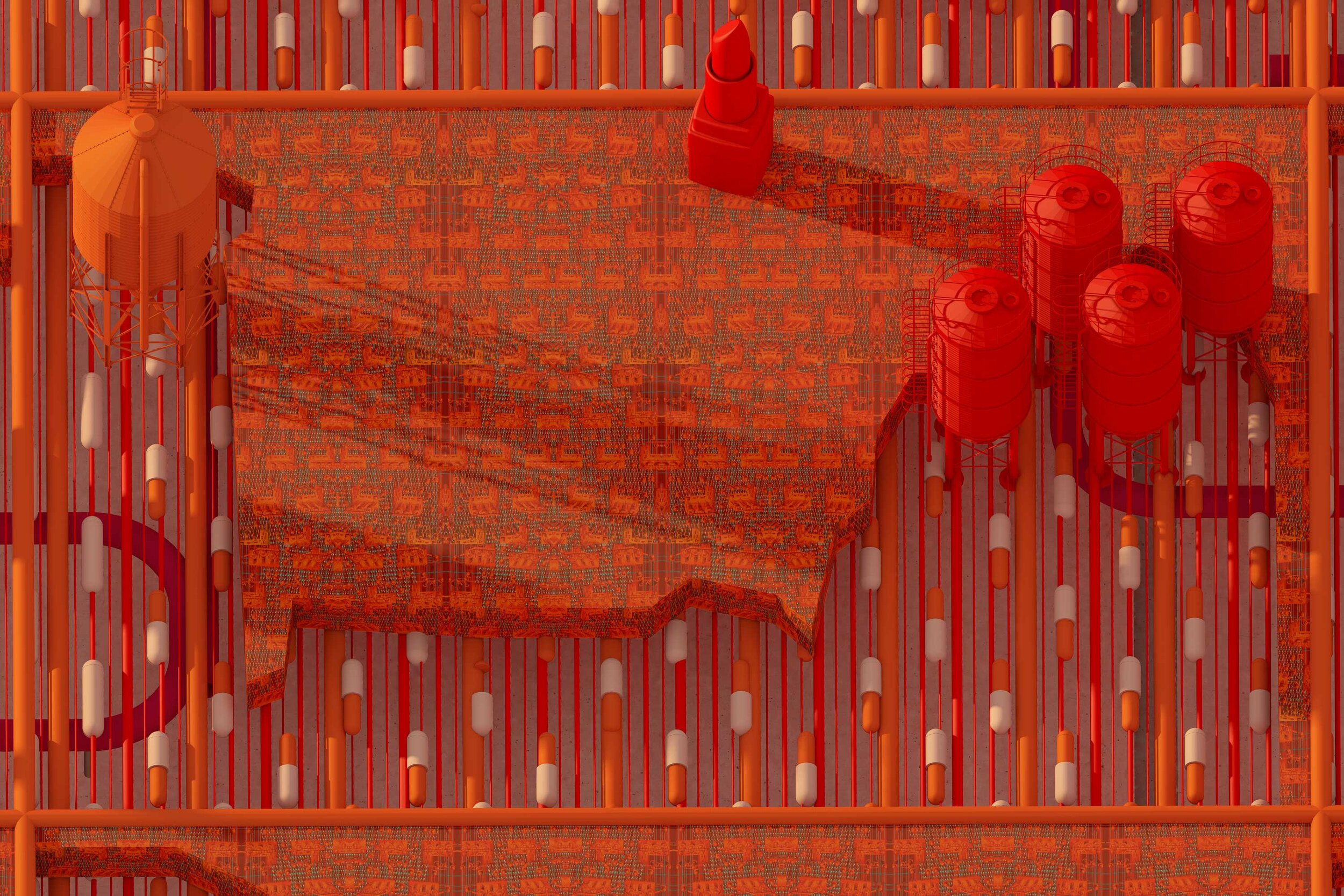
Michael Chapman (AUS)
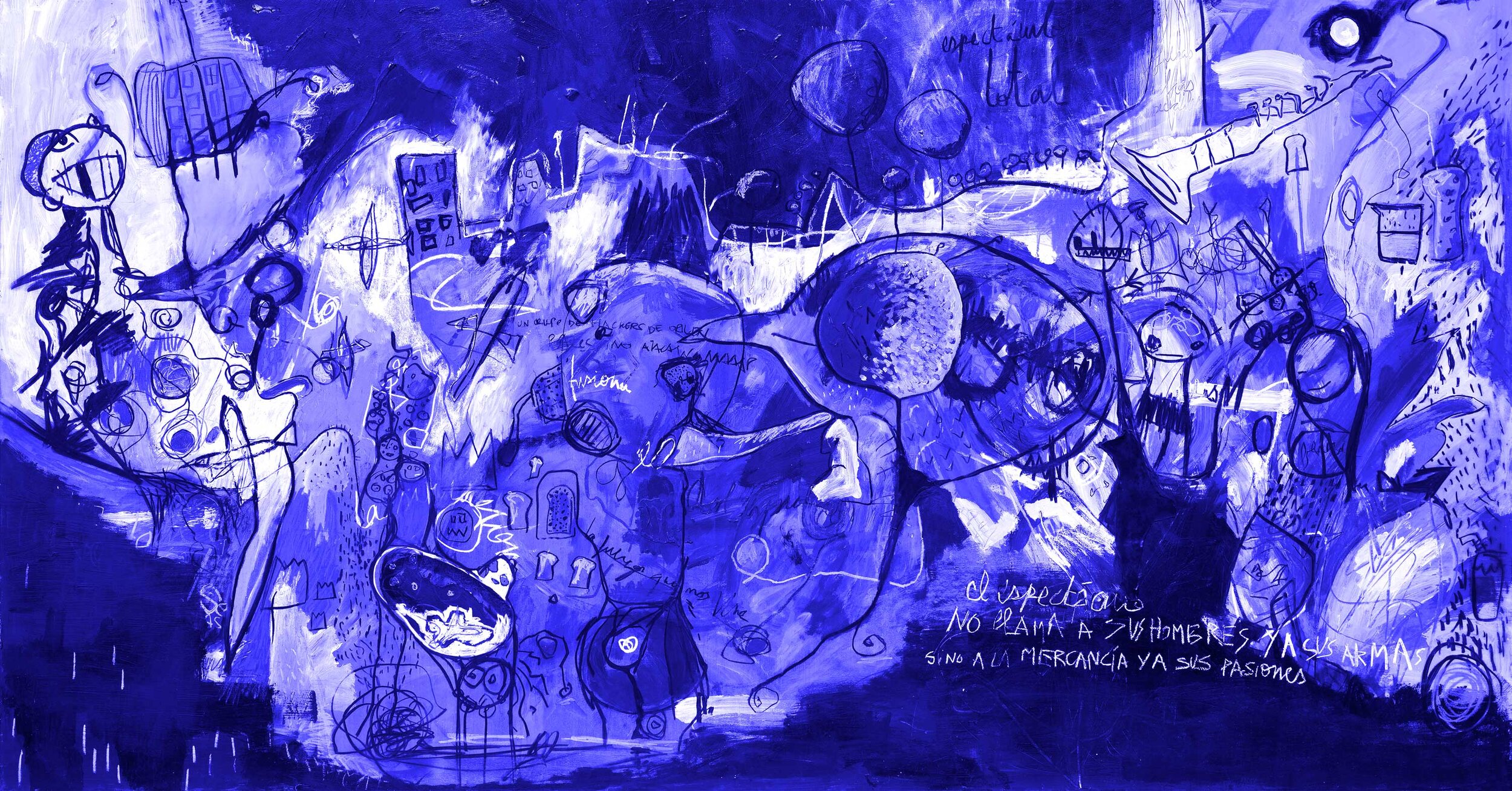
Amaia Sanchez-Velasco + Jorge Valiente Oriol (AUS)

Ana Mircetic-Velickovic (SERBIA)
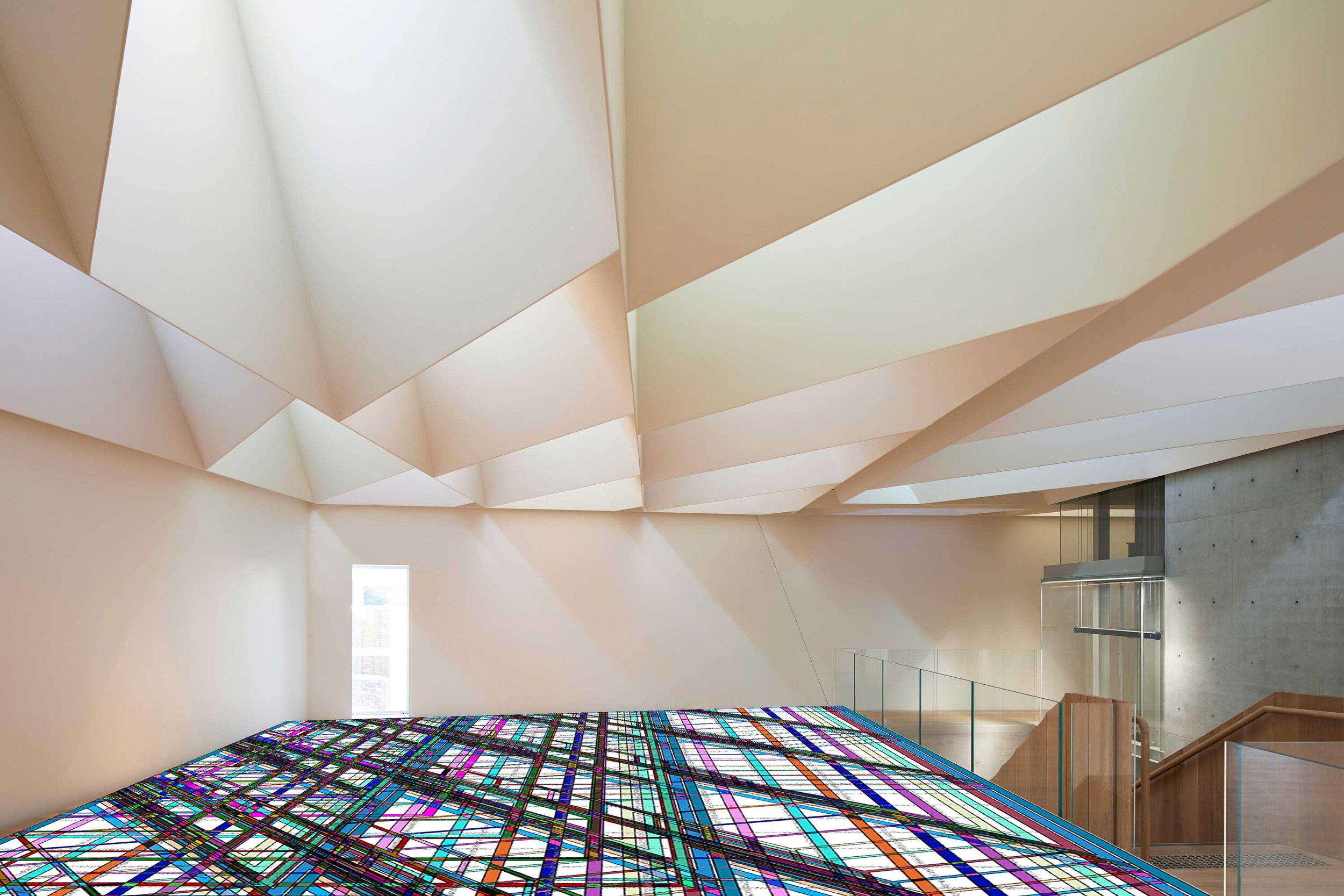
Anthony El Khoury (LEBANON)
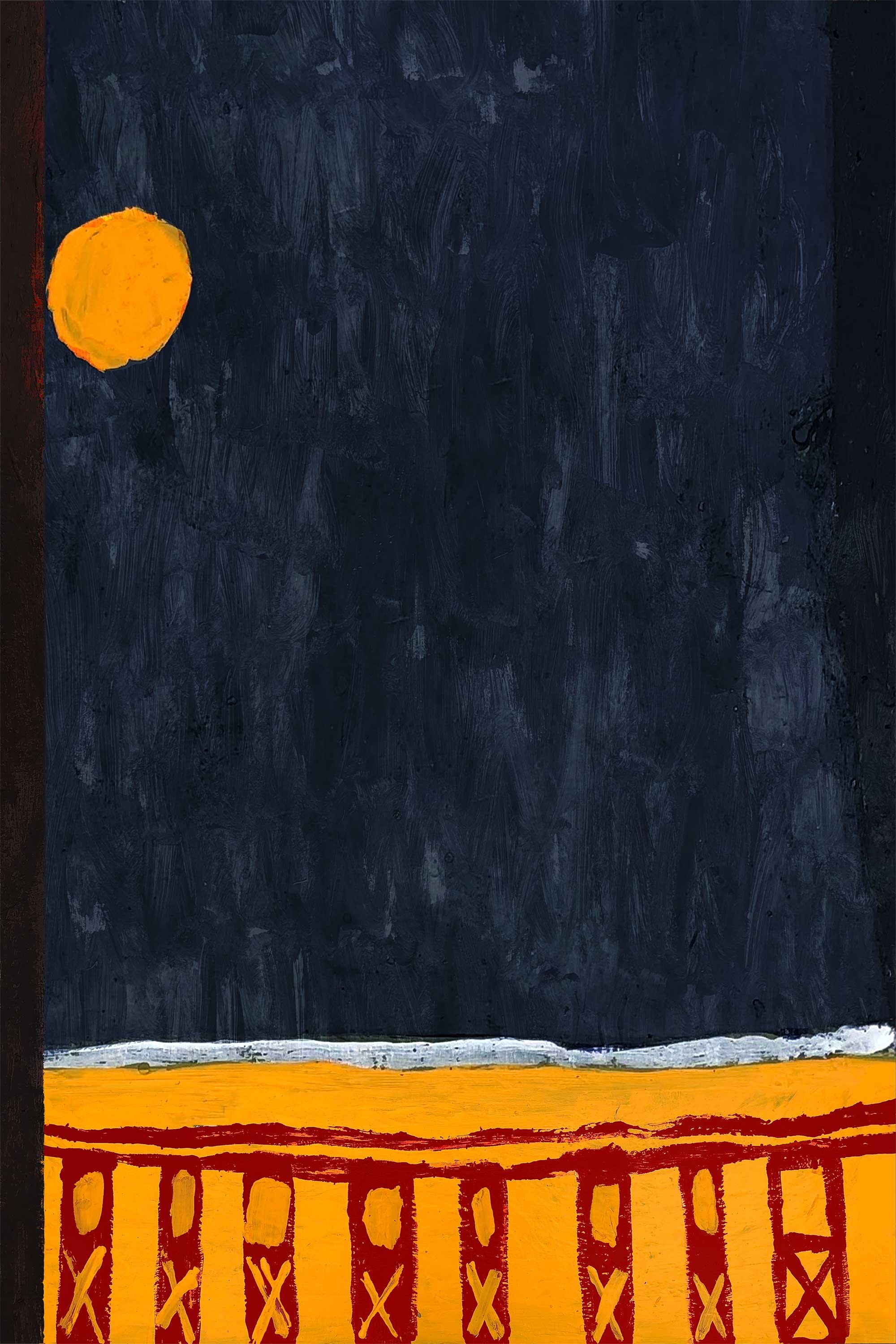
Catherine Roden + Stephen Brameld (AUS)
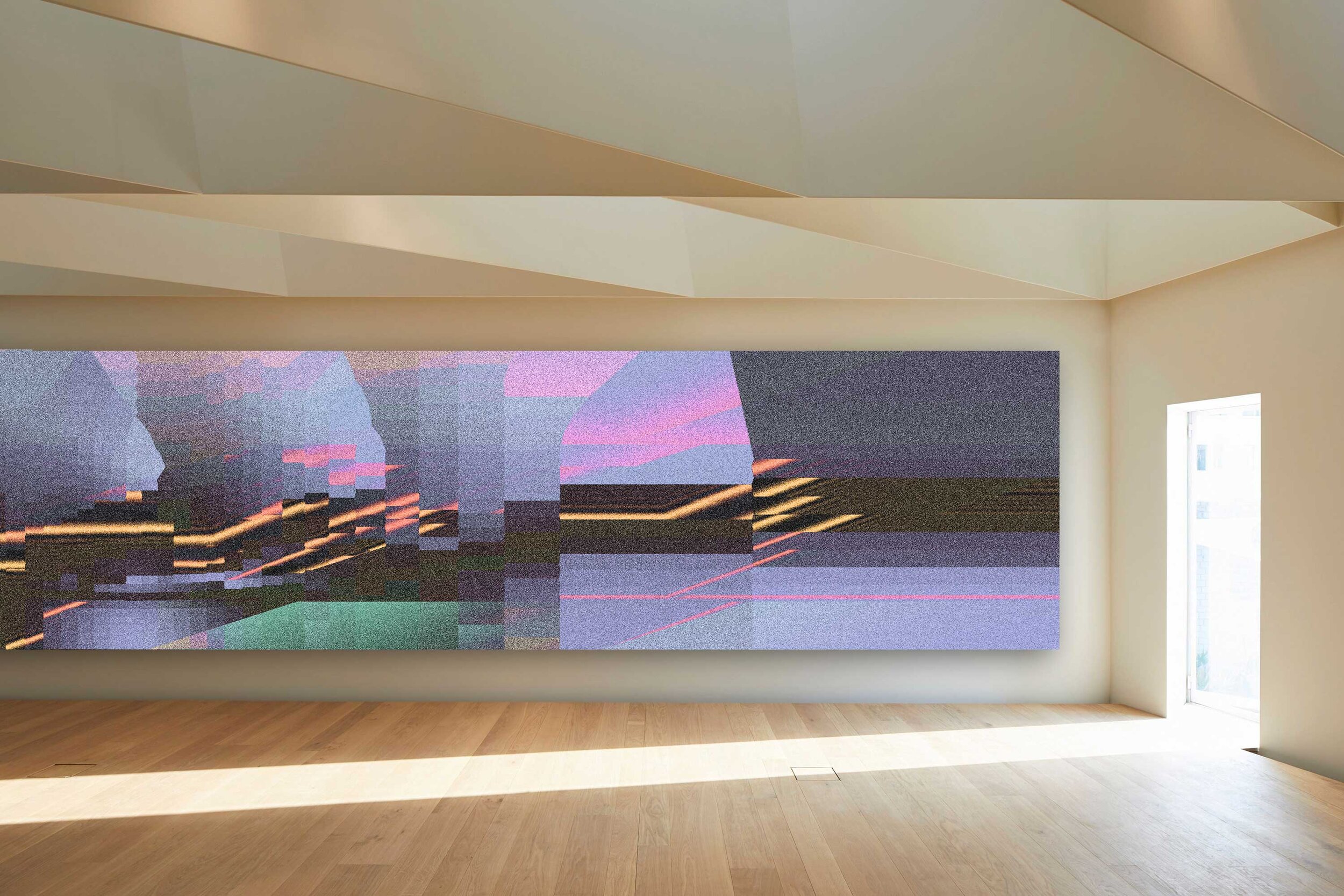
Connected Dots Studio (SWEDEN)
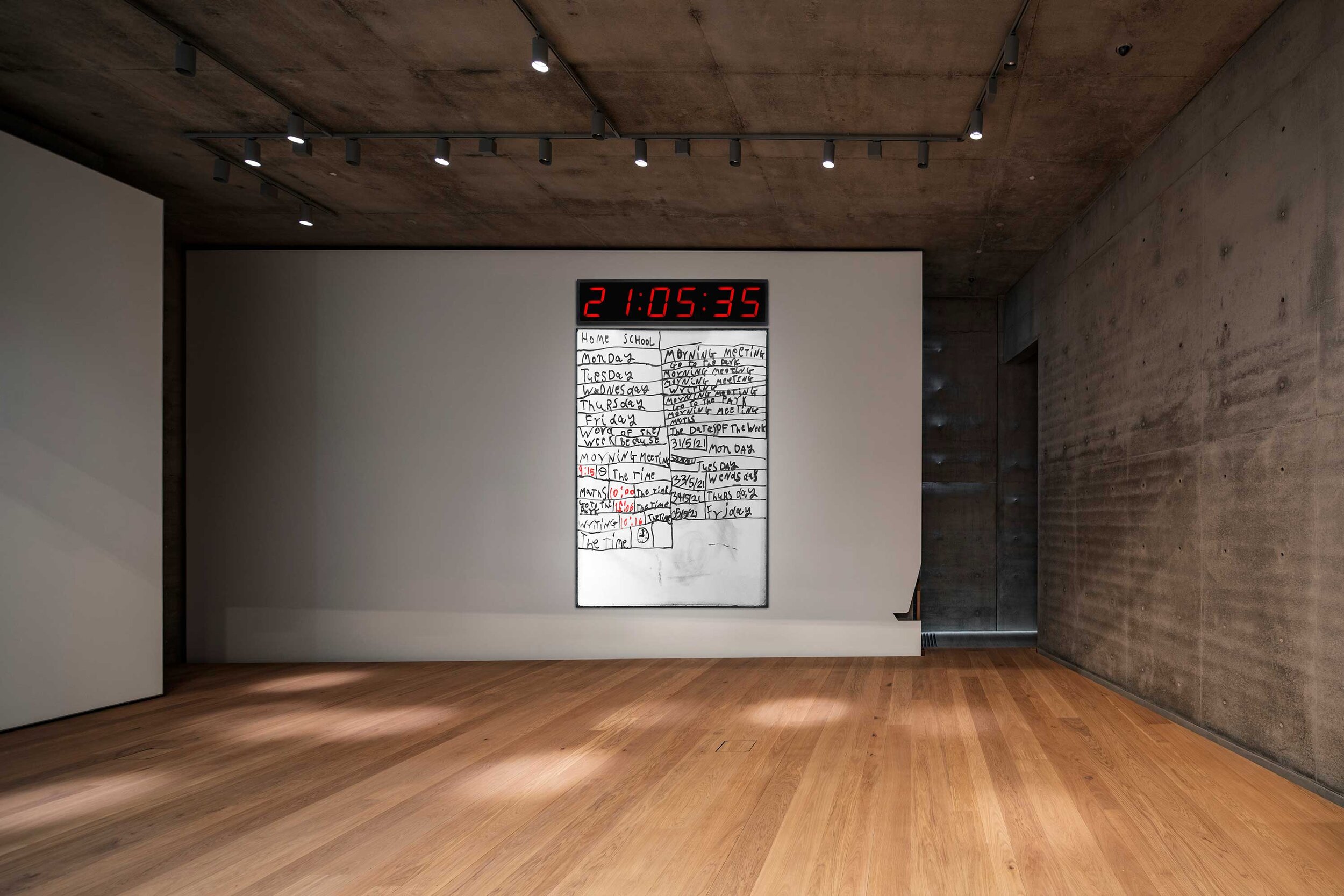
multiplicity, in conjunction with Zoe Frazzetto (AUS)

Nicholas Bucci (AUS)
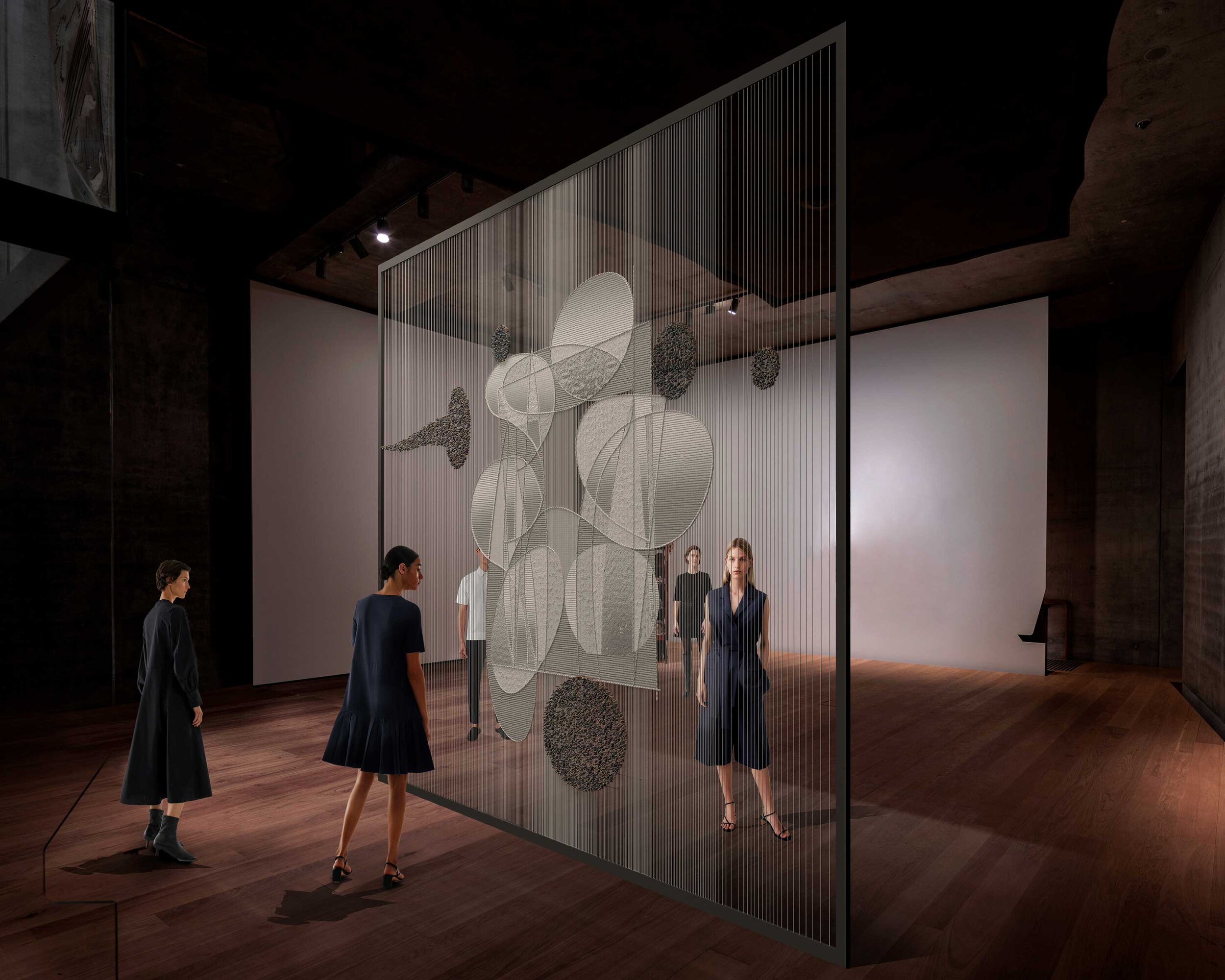
Original Field of Architecture + Art Bunker (UK + AUS)
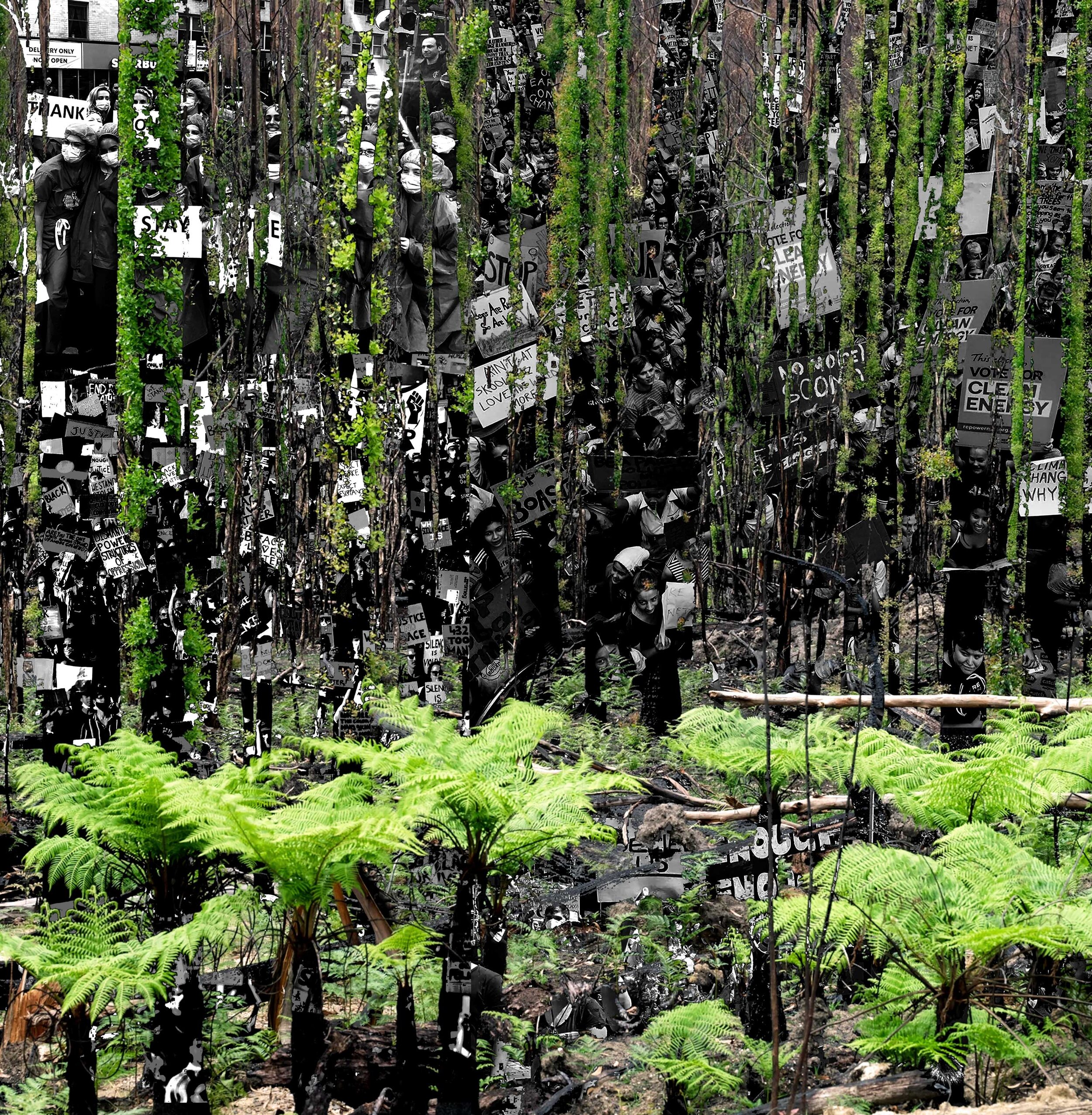
Studio KaaKi (AUS)

Studio WW (AUS)
Judges Report
In ‘The Four Elements of Architecture’, a book published in 1851, the nineteenth century German architect, artist and educator Gottfried Semper uses anthropological methods to describe the origins of the most ancient architectural elements — the hearth, the roof, the enclosure, and the mound. For Semper, the utility of enclosure, which over thousands of years has evolved to become the wall, has its origins in the practices of textiles and weaving. This is a useful theory in framing the conversation between architecture and tapestry expressed and celebrated through the Australian Tapestry Workshop’s biennial Tapestry Design Prize for Architects and connects the latest iteration of this globally unique program with the architectural setting offered to 2021 entrants.
The hypothetical site for the 2021 Tapestry Design Prize for Architects is the award- winning Phoenix Central Park, a building located in the Sydney suburb of Chippendale, and designed by John Wardle Architects and Durbach Block Jaggers. The monumental, park-side facade of philanthropist and patron Judith Neilson’s artistic and cultural palazzo is an intriguing curtain wall, fashioned from creamy, white bricks, set flush and softly washed. This pleated, pressed, and scalloped drapery is a contemporary architectural textile that recalls Semper’s etymological account of the language of the wall. This architecture deftly entwines provenance and metaphor in a manner that intellectually recalls the woven polychrome brickwork of William Butterfield’s All Saints Margaret Street, an 1850s Anglo- Catholic Church in London, and the collage brick and stone facade of pre-postmodernist Slovenian architect Jože Plecnik’s 1930s National and University Library of Slovenia in Ljubljana. John Wardle Architects designed the gallery in the east wing of Phoenix Central Park and applicants for the prize were asked to submit a tapestry design in response to one of three sites within this side of the building — the basement gallery; the double height gallery; or the top floor gallery.
The Tapestry Design Prize for Architects was established in 2015 and has garnered local and (increasingly) international partici- pation across four iterations. Each has been hypothetically situated in an iconic architectural work — most recently the Pharos Wing at MONA in Tasmania designed by Fender Katsalidis Architects. In 2021 forty percent of entries were based outside of Australia — including Austria, Bangladesh, Belgium, Bosnia, Canada, Croatia, France, India, Iran, Italy, Lebanon, Mexico, Netherlands, Russia, Serbia, Singapore, Spain, Sweden, Thailand, United Kingdom and United States of America. The six- member 2021 jury, chaired by the author, brought together expertise from across architecture, art, and weaving practice, and comprised Brook Andrew, Diane Jones, Valerie Kirk, Dimmity Walker and John Wardle (the 2015 Tapestry Design Prize for Architects joint winner for ‘Perspectives on a Flat Surface’). This group took on the responsibility of carefully reviewing 141designs from individuals, partnerships, and collaborations and establishing consensus on the work judged to be both the most innovative and promising in representing the future trajectory of architecture and tapestry.
In 2021, the jury shortlisted fifteen proposals and highly commended three – ‘A Paradigm Shift’ by Abhinay H. Satam and Shristi D. Rawat (India); ‘Apocalypse’ by Michael Chapman (Australia) and ‘This Place’ by Madeleine Gallagher, Julie Lee, Georgina de Beaujeu and Lis de Vries (Australia).
The three highly commended entries are diverse and thought-provoking in their content and technique, each of them seeking to explore and speculate on the intersection of architecture and tapestry. The group unanimously chose an overall winner, the recipient of the $10,000 award. Ground Under Repair is a multidisciplinary design group based in Melbourne and comprising Emma Jackson (the Program Manager of the Bachelor of Architectural Design at RMIT Architecture), Eilidh Ross, Riley Pelham-Thorman and Abigail Li Shin Liew. Titled ‘Time Shouts’, the Ground Under Repair entry is designed to be hung within the double height gallery at Phoenix. This two-part floor and wall work sets up a conversation with the interlocking oculus that connects the interior of the gallery with the urban landscape beyond. This non-rectangular tapestry design seeks to connect with country and uses thoughtful research and mapping to reveal “the story of the period of time between present day to the break-up of the ancient Gondwanan continent.” ‘Time Shouts’ seeks to shift perceptions and values and is a beautiful and provocative entry that exemplifies and expands the agenda of the Tapestry Design Prize for Architects.
– Prof Cameron Bruhn,
TDPA 2021 Judging Panel Chair.
Architecture and Tapestry: A Future Together
Tapestry has graced the walls of dwellings since its origins in tightly woven fabrics made to provide warmth and protection from the elements, thousands of years ago. Over the centuries, the simple weaving of weft from edge to edge progressed into mosaic-like shapes in the cloth to create designs or images. Then as weavers, designers and artists imbued the work with meaning, tapestry became highly regarded for its ability to convey ideas and information about history, religion, status, power and personal narrative. Hanging in cathedrals, palaces, and stately homes or worn as elaborate costumes, sophisticated wall coverings and fabrics communicated stories and enriched lives. People sensed and admired the dedicated and skilled work of the spinners, dyers and weavers and responded to the vibrancy of colour, pattern, light reflection, and absorption in the silks/wool/linen/camelid fibre.
In 2021, the Tapestry Design Prize for Architects provides a platform for new views on how tapestry can work with architecture to enrich our lives now. The architects entering the Prize as designers of tapestry bring their own sets of skills and knowledge to the challenge. They have a deep understanding of the built environment and how we interact with it. Particular skills they have include: aptitude for design; creativity; ability to analyse problems logically; strong written, verbal and rendering communication skills and practical understanding of materials, technologies and structures. Also, in common with tapestry weavers, they often work in collaborative teams, are thorough, pay attention to details and constantly make decisions. Architects and tapestry
weavers are a match made in heaven.
The designs submitted for the Prize reflect the attributes of the architects and provide stimulating possibilities for the weavers. Highlighted by the fifteen finalists and across the 141 submissions, there are recurring themes which reveal interdisciplinary connections. Three shortlisted designs: ‘A paradigm shift’ by Abhinay H Satam + Shristi D Rawat; ‘A New Beginning to an Old End’ by Studio KaaKi; and ‘Apocalypse’ by Michael Chapman, explore our relationship with the past, present and future – linking to the long and enduring history of tapestry, or thinking about our place in time as we navigate extraordinary circumstances. ‘Post-script on the Society of Spectacle’ by Amaia Sanchez-Velasco + Jorge Valiente Oriol and ‘Flag 2’ by Catherine Roden + Stephen Brameld connect with contemporary art through painterly qualities, creations of mood or atmosphere and concerns about the environment, people and politics.
Bringing the outside in through images of nature and mapping place were designs ‘Afternoon Performance of the Centennial Park Fruit Bats’ by Connected Dots Studio and ‘This Place’ by Madeleine Gallagher, Julie Lee, Georgina de Beaujeu + Lis de Vries. Two finalists paid homage through formal designs relating to the elements of Phoenix Central Park, referencing the basement gallery’s concrete wall (‘Formwork Tartan’ by Nicholas Bucci), the double-height gallery’s oculus windows (‘The Idea’ by Ana Mircetic-Velickovic) and the top floor gallery’s angular skylight (‘the ceiling that walked out of the door’ by Anthony El Khoury), reflecting the architect’s concerns.
Other designs such as ‘World warp & woof: Understand the space between weaving’ by Hamidreza Majnooni, Samaneh Khatamirad + Maryam Khatamirad and ‘Note to Architect’ by Original Field of Architecture + Art Bunker pulled tapestry off the wall to create interactive spaces. ‘21:05:35’ by multiplicity in conjunction with Zoe Frazzetto and ‘Pattern Recognition’ by Studio WW combine and contrast the digital age with materiality in the texture, feel, woven structure and weight of tapestry.
These designs are innovative, offering clearly articulated visions to inspire and inform contemporary works. They show how tapestry has transformed from a thick, protective cloth in humble dwellings to now embrace and enrich Phoenix Central Park, designed by John Wardle Architects and Durbach Block Jaggers.
The sophisticated solutions engage us through our hearts and intellect. We can take comfort in the soft, even weave, rejoice in the colour, texture and form and be reassured by the clear thinking of the architects. The winning entry, ‘Time Shouts’, by Ground Under Repair is a striking and complex image. It demands our attention through the use of colour and its non- rectangular shape. The design explores ideas about Australia’s geological, environmental and cultural history, making us think about our position now. It is a triumph of contemporary design which will leave a legacy for our future.
– Emeritus Prof Valerie Kirk,
TDPA 2021 Judging Panel.

